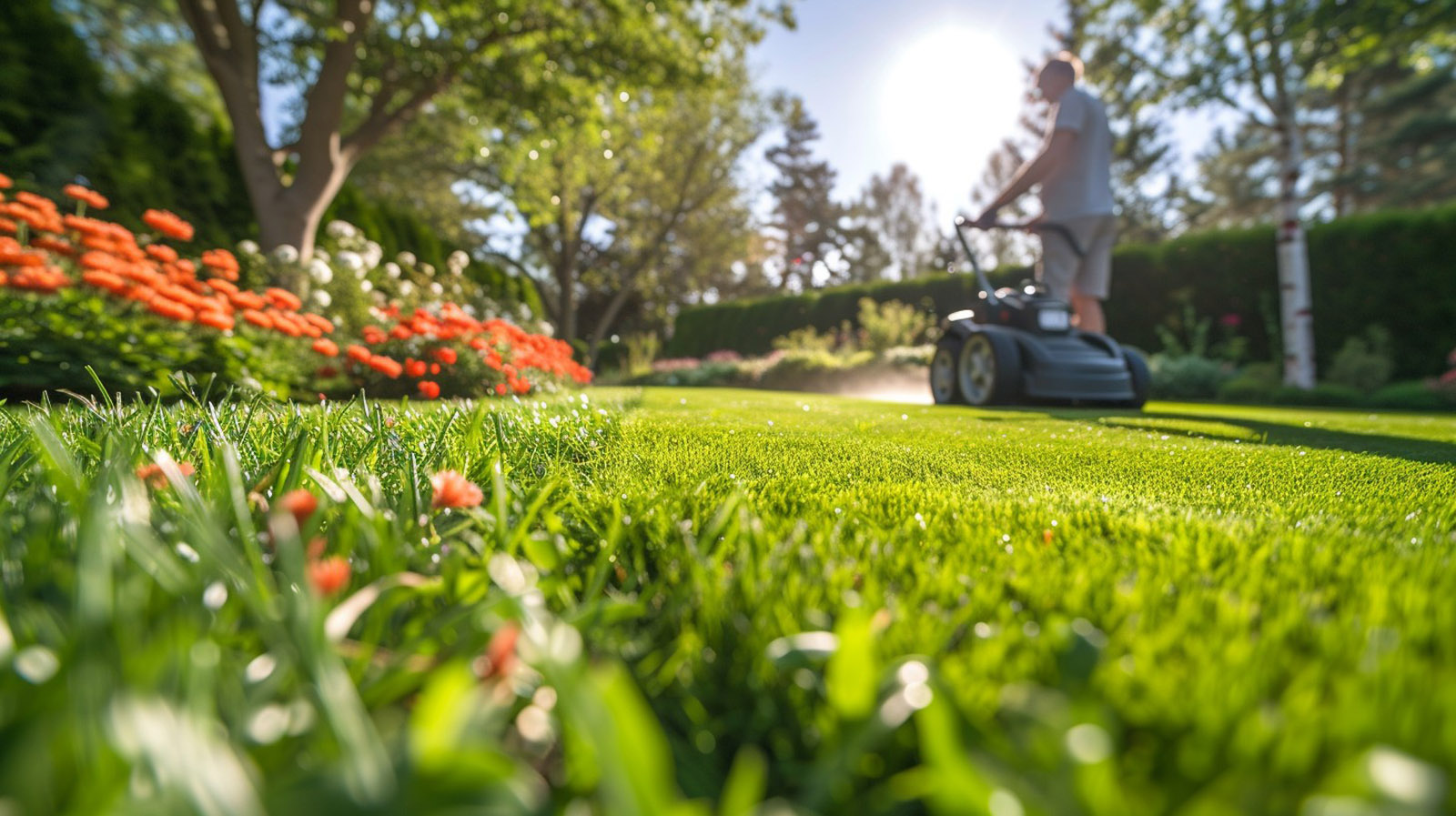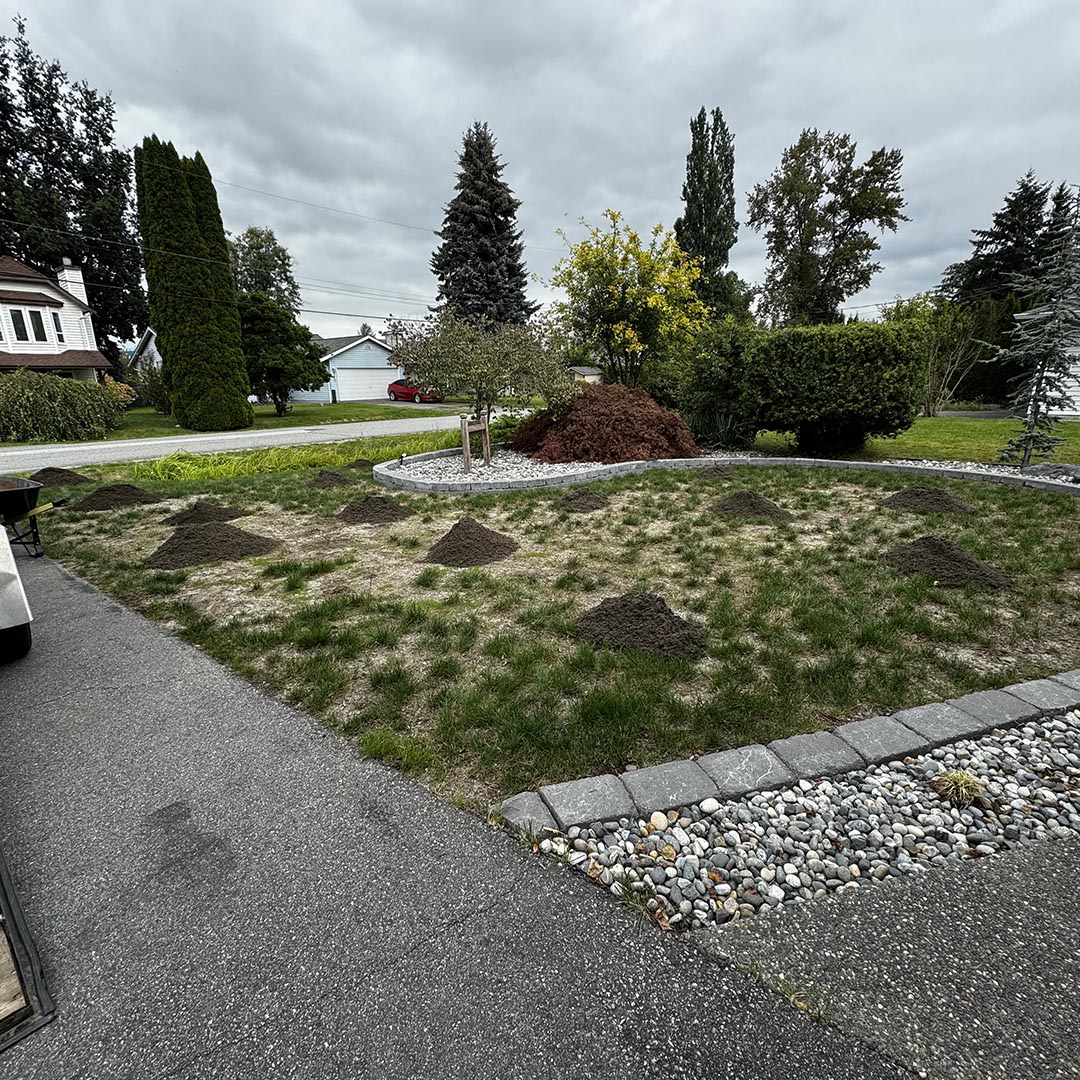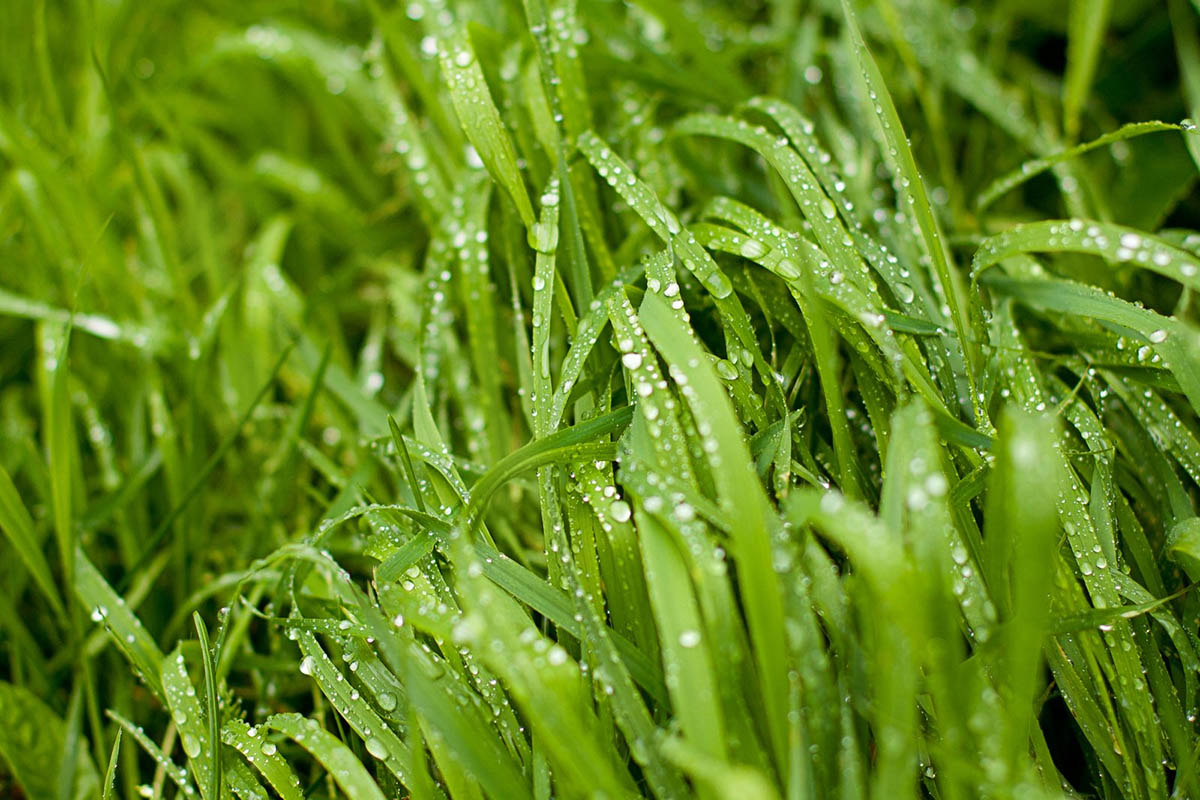
A lush, green lawn is more than just a picturesque addition to your home – it’s a testament to care and attention, a sanctuary for relaxation, and an oasis for family gatherings. At its heart lies a crucial element: watering. This fundamental practice is the lifeblood that sustains your lawn’s health and vibrancy throughout the seasons.
Understanding Your Lawn’s Water Needs
Every lawn is unique, much like each home it surrounds. Understanding your lawn’s specific water requirements is essential for maintaining its beauty and resilience. Factors such as grass type, soil composition, sun exposure, and climate all play pivotal roles in determining how much and how often you should water.
Grass varieties common in British Columbia, from resilient fescues toryegrasses, each have distinct preferences for moisture levels. Sandy soils, prevalent in some regions, drain water quickly, necessitating more frequent watering sessions. Conversely, clay soils retain moisture longer, affecting watering frequency and absorption rates.
The Science Behind Proper Watering
Effective lawn watering isn’t just about volume; it’s about timing and technique. Watering deeply and infrequently encourages robust root growth, making your lawn more resilient to drought and stress. Early mornings are often the ideal time for watering, minimizing evaporation and ensuring moisture reaches the roots before the heat of the day sets in.
Signs of Overwatering and Underwatering

Achieving the right balance is key. Overwatering can lead to shallow root systems, water runoff, and increased vulnerability to diseases and pests. Signs like soggy patches, mold growth, or a spongy feel underfoot indicate excess moisture. Conversely, underwatering results in dry, brittle grass, wilting, and a dull, bluish-green hue. If footprints linger on your lawn rather than bouncing back, it’s likely thirsty for more water.
Smart Watering Practices
Implementing smart watering practices not only conserves water but also promotes a healthier lawn ecosystem. Consider using a rain gauge to monitor natural precipitation levels and adjust your watering schedule accordingly. Investing in a smart irrigation system with moisture sensors can automate this process, ensuring your lawn receives precisely what it needs without waste.
Enhancing Water Efficiency
Enhancing water efficiency goes beyond the act of watering itself. Proper lawn care practices such as regular mowing, aeration, and soil testing contribute to water retention and nutrient absorption. Mulching grass clippings provides natural moisture retention, while applying a layer of organic compost enriches soil structure, promoting healthier root development.
Environmental Impact and Conservation
Water conservation is a responsibility we all share. By adopting water-wise landscaping practices, such as partial xeriscaping and selecting drought-tolerant plant species, homeowners can reduce water consumption while maintaining aesthetic appeal. Additionally, adhering to local water restrictions and utilizing rainwater harvesting systems further supports sustainable lawn care practices.
The Role of Professional Expertise
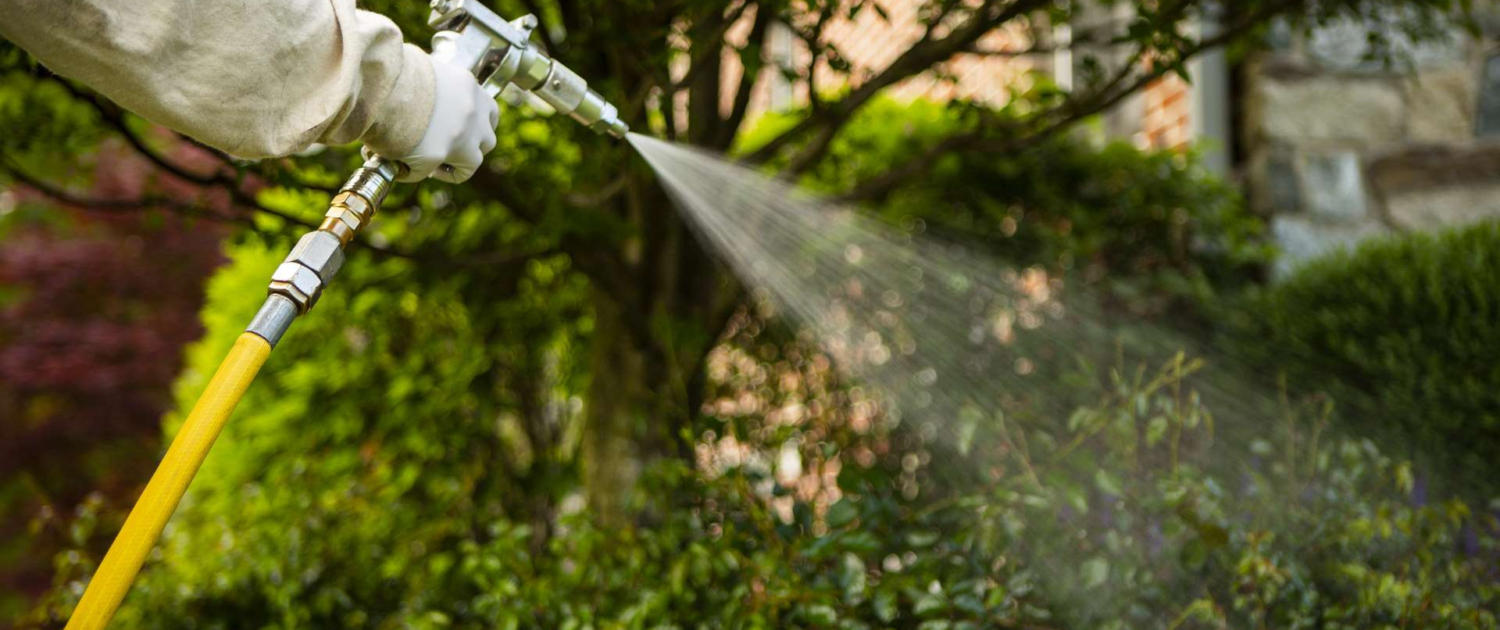
Watering is the Lifeblood of Your Home’s Lawn
For homeowners seeking guidance on optimizing their lawn watering practices, professional expertise can be invaluable. Local lawn care professionals offer tailored advice and services to ensure your lawn thrives year-round. From soil analysis to customized irrigation solutions, their expertise helps you achieve a healthy, resilient lawn with minimal environmental impact.
In essence, watering is more than a routine task – it’s a cornerstone of effective lawn care and stewardship of your outdoor space. By understanding your lawn’s unique needs, employing smart watering practices, and prioritizing conservation efforts, you contribute to a greener, more sustainable environment around your home. Whether you’re nurturing a new lawn or revitalizing an existing one, the investment in proper watering pays dividends in the form of a vibrant, thriving outdoor sanctuary for years to come.
Expert Tips for Optimal Lawn Watering:
- Know Your Lawn: Understand your grass type and local climate to tailor watering schedules.
- Water Deeply: Encourage deep root growth by watering infrequently but deeply.
- Time it Right: Water early in the morning to minimize evaporation and maximize absorption.
- Monitor Moisture Levels: Use rain gauges and soil moisture sensors to adjust watering frequency.
- Avoid Runoff: Break up watering sessions to allow soil absorption, preventing runoff.
- Mulch and Compost: Mulch grass clippings and apply compost to enhance soil structure and moisture retention.
- Smart Irrigation: Consider investing in smart irrigation systems for efficient water use.
- Consider Local Restrictions: Adhere to local water restrictions and use rainwater harvesting where possible.
- Professional Advice: Consult with local lawn care experts for personalized watering and maintenance tips.
- Long-Term Sustainability: Adopt sustainable landscaping practices to conserve water and promote environmental health.
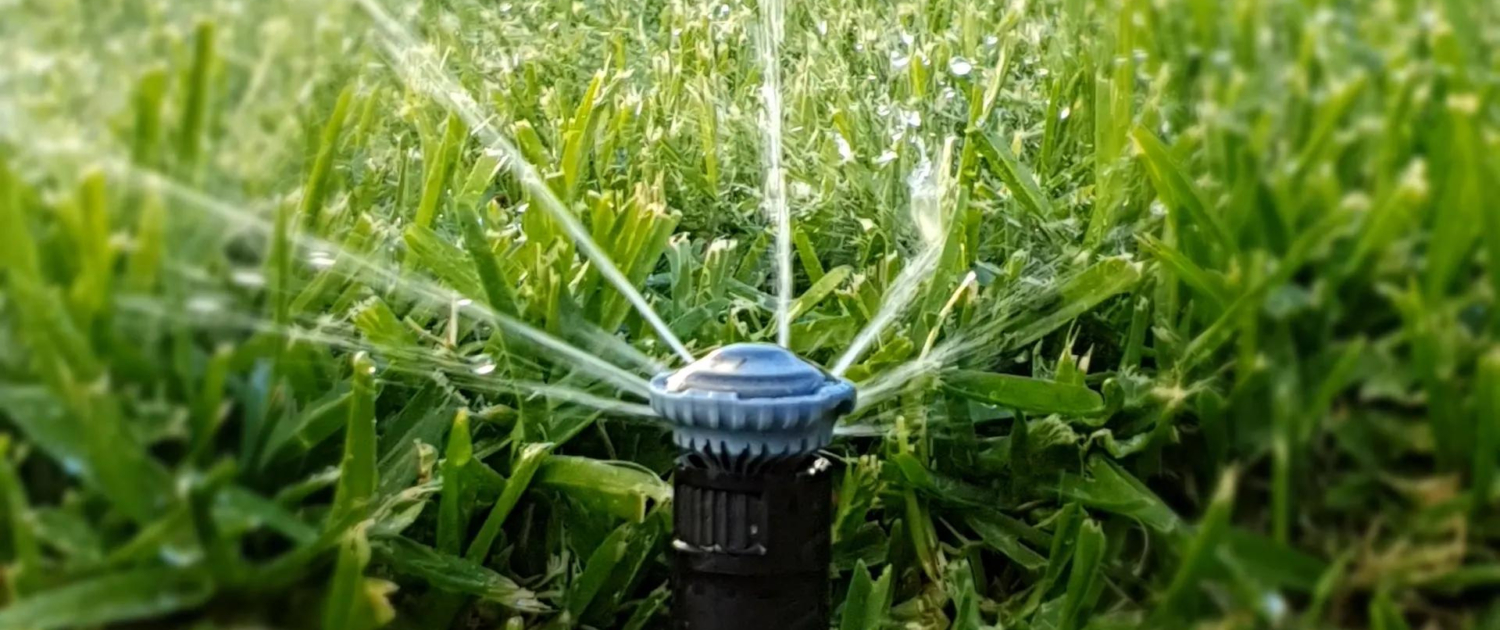
Watering is the Lifeblood of Your Home’s Lawn
By implementing these expert tips and practices, you not only ensure a healthy, vibrant lawn but also contribute to the sustainability of your local environment. Remember, proper watering is not just about keeping your lawn green – it’s about nurturing a thriving outdoor space for generations to enjoy.
